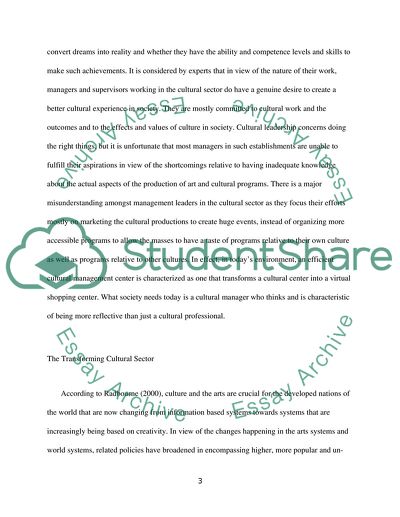Cite this document
(“Identify and analyse the skills and knowledge needed for effective Essay”, n.d.)
Identify and analyse the skills and knowledge needed for effective Essay. Retrieved from https://studentshare.org/miscellaneous/1584077-identify-and-analyse-the-skills-and-knowledge-needed-for-effective-management-within-the-cultural-sector
Identify and analyse the skills and knowledge needed for effective Essay. Retrieved from https://studentshare.org/miscellaneous/1584077-identify-and-analyse-the-skills-and-knowledge-needed-for-effective-management-within-the-cultural-sector
(Identify and Analyse the Skills and Knowledge Needed for Effective Essay)
Identify and Analyse the Skills and Knowledge Needed for Effective Essay. https://studentshare.org/miscellaneous/1584077-identify-and-analyse-the-skills-and-knowledge-needed-for-effective-management-within-the-cultural-sector.
Identify and Analyse the Skills and Knowledge Needed for Effective Essay. https://studentshare.org/miscellaneous/1584077-identify-and-analyse-the-skills-and-knowledge-needed-for-effective-management-within-the-cultural-sector.
“Identify and Analyse the Skills and Knowledge Needed for Effective Essay”, n.d. https://studentshare.org/miscellaneous/1584077-identify-and-analyse-the-skills-and-knowledge-needed-for-effective-management-within-the-cultural-sector.


